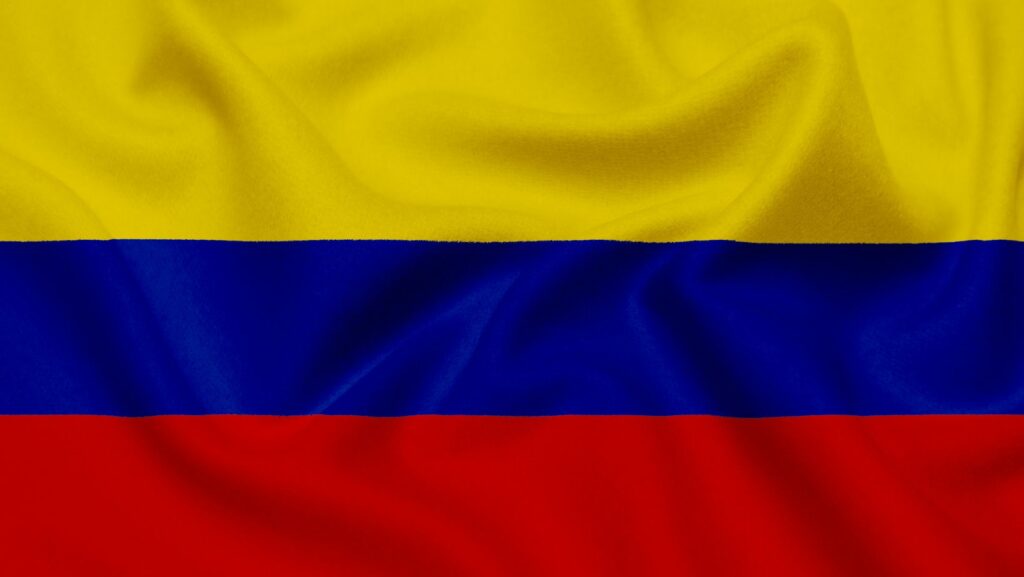Colombia is a country rich in cultural heritage, and one of the most fascinating aspects of its culture is its traditional clothing.In this article, I’ll take you on a journey through the fascinating world of Colombian traditional clothing, exploring its origins, significance, and the unique styles that have been passed down through generations.
Colombia Traditional Clothing
History and Significance
Colombia’s traditional clothing is a vibrant reflection of its rich cultural heritage. These garments have a deep-rooted history and carry significant meaning for the people of Colombia. The traditional clothing is a celebration of the country’s diverse indigenous cultures and the influence of Spanish colonization.
Throughout history, traditional Colombian clothing has evolved to incorporate a fusion of indigenous and European elements. The indigenous communities in Colombia have a strong connection to nature, which is often reflected in the designs and patterns of their garments. Vibrant colors and intricate embroideries showcase the indigenous people’s close relationship with their surroundings.
The traditional clothing also tells stories of identity and belonging. Each region in Colombia has its own unique style of traditional attire, representing the distinct cultural heritage of that area. From the intricately woven textiles of the Muisca people in the Andean region to the colorful polleras worn by women in the Caribbean coast, every garment has its own tale to tell.
Traditional Colombian Costumes
Colombia is known for its diverse range of traditional costumes, each with its own distinctive style and purpose. Here are some of the most notable traditional costumes found across the country:
- Ruana: The ruana is a poncho-like garment worn in the Andean region of Colombia. It is made from sheep’s wool and serves as a versatile outerwear option to protect against the colder mountain climate.
- Sombrero Vueltiao: Originating from the Caribbean region, the sombrero vueltiao is a traditional hat made from woven palm leaves. It is an iconic symbol of Colombian culture and is often associated with the country’s national identity.
- Mola: The mola is a textile art form originating from the indigenous Guna people in the Darién region. These vibrant and intricate designs are created by layering and cutting different colored fabrics. Molas are often used in traditional blouses and dresses, showcasing the mastery of Guna craftsmanship.
These traditional costumes not only showcase the creativity and craftsmanship of the Colombian people but also serve as a visual representation of their cultural heritage. By preserving and cherishing these garments, Colombia continues to honor its traditions and pass them on to future generations.

Indigenous Clothing in Colombia
Wayuu Tribe
When it comes to the rich heritage of Colombia’s traditional clothing, the Wayuu tribe is an essential part of the tapestry. The Wayuu people are an indigenous group that resides in the Guajira Peninsula, which borders Colombia and Venezuela. Their traditional attire is known for its vibrant colors and intricate patterns that reflect the tribe’s deep connection with their natural surroundings.
One of the most iconic pieces of clothing for the Wayuu tribe is the mochila bag, which is a handwoven shoulder bag. The Wayuu women meticulously create these bags using a crochet technique that has been passed down through generations. These bags not only serve as functional accessories but also as artistic expressions of the tribe’s cultural heritage.
Embera Tribe
Another indigenous group that plays a significant role in Colombia’s traditional clothing is the Embera tribe. The Embera people are found in the Chocó and Darién regions of Colombia, as well as in parts of Panama. Their clothing is characterized by bold colors, intricate beadwork, and detailed embroidery.
One prominent example of Embera traditional attire is the paruma, which is a woven skirt made from natural fibers. These skirts are adorned with vibrant geometric patterns created using colorful threads and beaded decorations. The paruma showcases the Embera tribe’s exceptional craftsmanship and their close relationship with their environment.
Arhuaco Tribe
The Arhuaco tribe, also known as the Ika or Bintukwa, are an indigenous group that resides in the Sierra Nevada de Santa Marta region of Colombia. Their traditional clothing is steeped in symbolism and reflects their spiritual beliefs and connection to their ancestral lands.
The Arhuaco people are known for their distinct white attire, which consists of a long tunic called a mama and a woolen belt called a pusi. The white color represents purity, and the clothing is worn as a symbol of the tribe’s commitment to preserving their traditions and protecting their sacred lands.
By exploring the traditional clothing of indigenous tribes such as the Wayuu, Embera, and Arhuaco, we gain a deeper understanding of the cultural diversity and artistic expressions that make Colombia’s traditional clothing so unique. These garments not only celebrate the country’s indigenous heritage but also serve as a visual representation of the close relationship between the indigenous people and their natural surroundings.


More Stories
Path of Exile 2 Is Coming: Why It Might Be the Most Technically Ambitious ARPG Yet (and How to Prepare)
Complete Guide to Online Casino Verification Processes
The Ideal AI Video Generator for Gaming: Create Engaging Content Fast